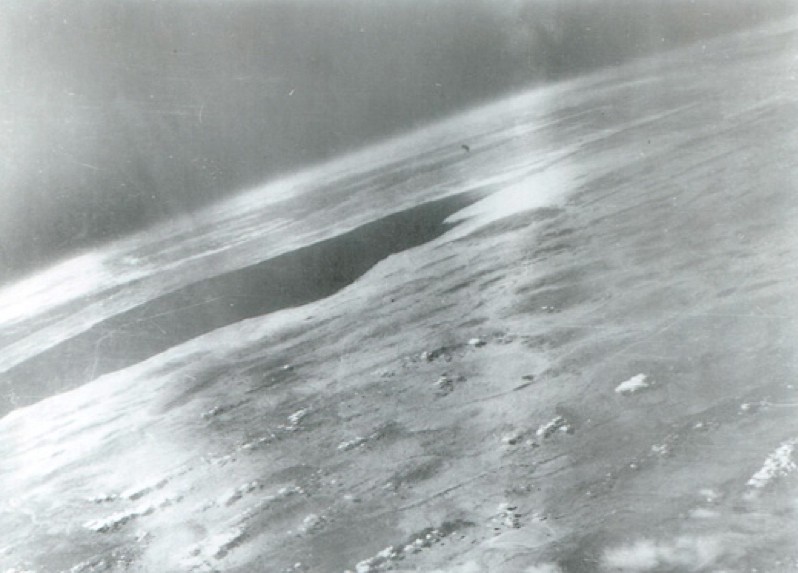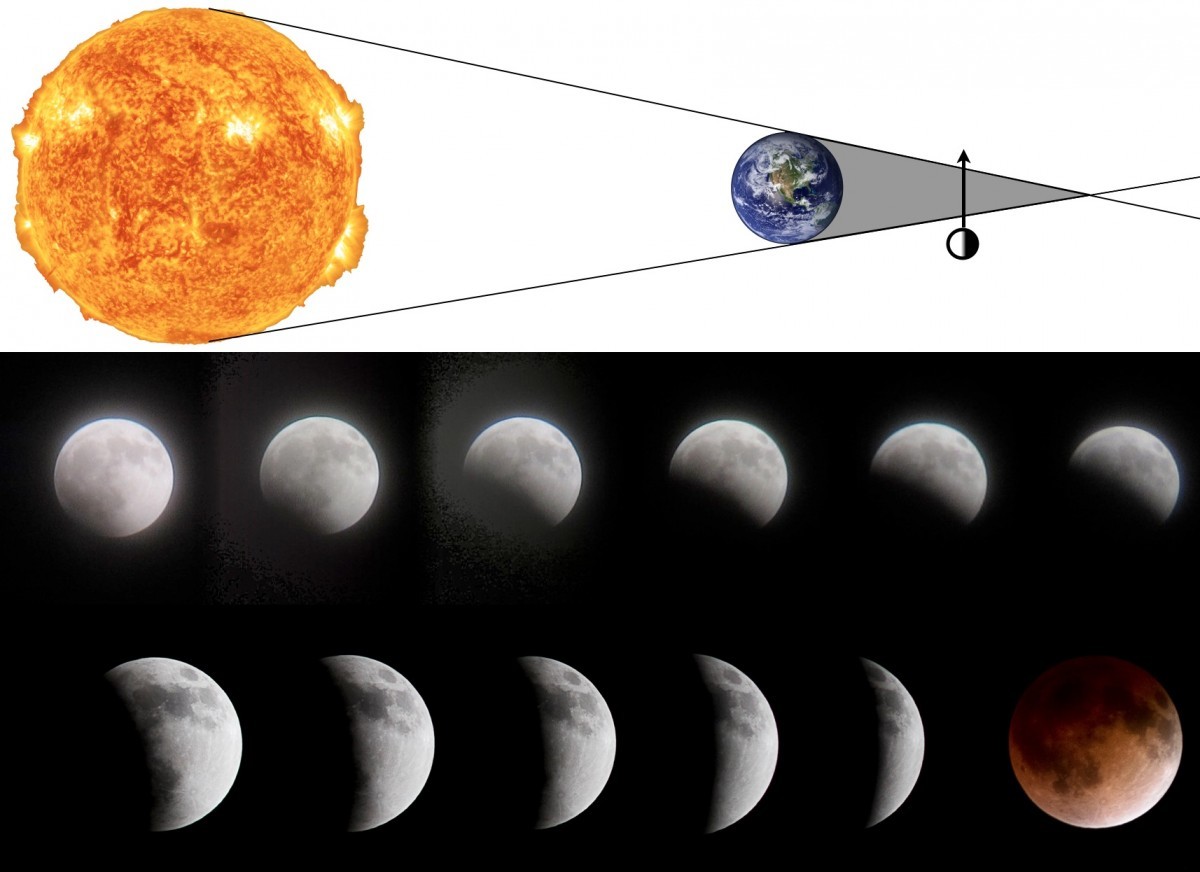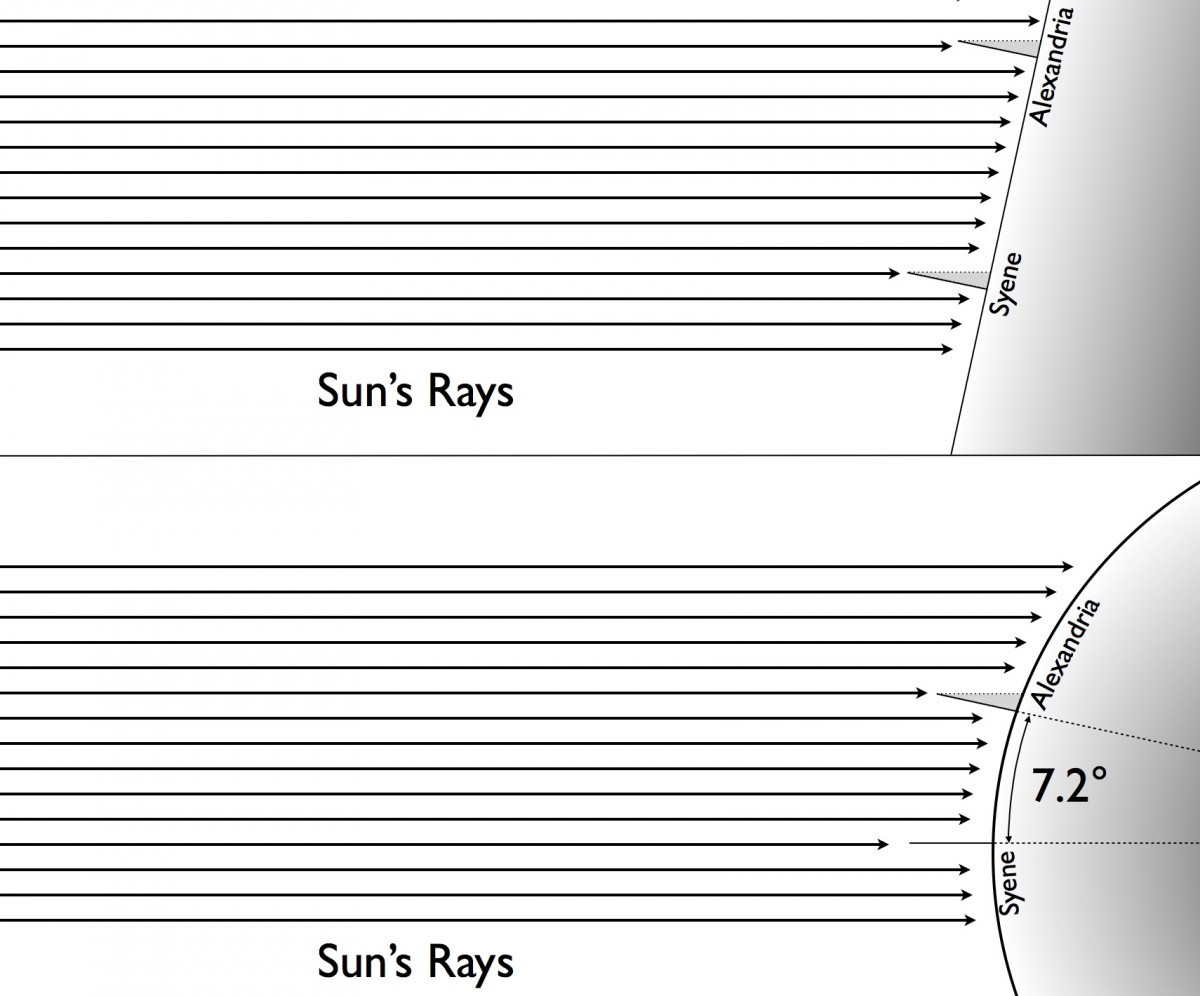Ask Ethan: how do we know that the earth is not flat?

Periodically, a mystery or statement is announced on the Internet, which, despite the surprising absurdity, begins to spread with the speed of a virus, and even the most cautious people may become involved in this process. But science does not cease to be true, even if someone does not want to accept it. Any scientific question is beautiful as follows: if you have reached a sufficient expert level in it, you can deduce the answer yourself. This opportunity to convince oneself of the truth, despite the fact that any authority can claim, separates science from all other occupations. It is about this that our reader asks a question, with a friend who rejects the round Earth:
I have a friend who for several years has been believing and telling everyone about the "flat Earth" theory. I do not believe that our or any other planet is flat, but what do you think about such a theory?
Remarkably, this is not my belief or conviction — it is a logical conclusion.

We, of course, the easiest way is to go into space and take a picture of the Earth. Since the 1940s, our missiles have been able to climb high enough to directly photograph the curvature of the Earth. Moving farther and farther, from suborbital heights to a low near-earth orbit and beyond, to enormous distances from the Earth, we could get its images of ever-increasing quality, and as a result we could see it in its entirety. We even visited the other worlds of the Solar System, using the gravitational influence of the Earth and other worlds to get on them. The Messenger probe from NASA took advantage of this technique a few years ago, and took several series of photographs as it flew past Earth, capturing our round and rotating planet.
')
But until the 1940s it was impossible to determine the shape of the Earth simply by leaving it and looking at it from the side. It may seem that without the help of modern technology this question cannot be answered, as it is impossible to recognize the color of your eye, not seeing reflections, photographs or not possessing other sources of information. But we have several proofs of a certain form of our planet that do not require leaving it and taking photos. Consider, for example, a lunar eclipse — when the Earth passes between the Sun and the Moon.

During the incomplete phases of a lunar eclipse, the shadow of the earth can be seen on the surface of the moon, and it is quite clear that it casts a round shadow.
Looking at the moon during a perfect or near perfect location, we see the shadow of the earth on the moon. It doesn’t matter when an eclipse happens, at what time of year, on which stretch of the orbit around the Sun is the Earth, or from where on Earth you can see an eclipse - the shadow always says one thing: the shadow of the Earth is round, and its physical size is much larger than the moon. You could argue that the Earth may be flat or round, not spherical, but what we see as the moon and stars rise at different times in different places (at different longitudes), and what can be around the globe travel, makes it impossible to flat disk option.

But let's say you do not want to be based on the technologies of the XVI century, you do not know anything about heliocentrism, the existence of the Moon, or even something about geography outside the tiny region where you live. Believe it or not, believe it or not, but it was in such a situation that Eratosthenes of Kirensky appeared about 2300 years ago when he became the first person not only to conclude that the Earth was round, but also to measure its size! Living in Alexandria, Eratosthenes received amazing letters from the city of Siena (now - Aswan) in the south of Egypt. In particular, the letters stated that the time of the summer solstice
the shadow of a man who has glanced into a deep well at noon blocks the reflection of the sun.
In other words, at this time, the Sun is directly overhead, not a degree to the south, north, east, or west. And if you take an absolutely vertical object, it will not cast any shadow. There really are such places in the world.


Noon lahayna in Hawaii, where twice a year objects cast vertical shadow
But Eratosthenes knew that in Alexandria, where he lived, this does not happen. The sun, of course, comes closer to the zenith at the midday of the summer solstice than at any other time of the year, but vertical objects cast some shadows. And, like any good scientist, Eratosthenes conducted an experiment. By measuring the length of the shadow cast by the vertical stick during the summer solstice (when the shadow was minimal), he was able to figure out at what angle the sun's rays fall on Alexandria in relation to the vertical.

He got 1/50 of a circle, or 7.2 degrees. But at this time in Siena, the Sun made an angle of zero degrees with a vertical stick! What could have caused this? During the brilliant insight, Eratosthenes realized that the rays of the Sun can be parallel, and the surface of the Earth curved!
If the earth were perfectly flat, then the rays of the sun would cast identical shadows at noon on the summer solstice all over the earth, regardless of your location. But if the Earth's surface is curved, the Sun in different places will cast different shadows on the same day, depending on the angle at which the rays fall on the object. By measuring the difference in the angle of the shadow between two points on the surface of the Earth, for the first time it became possible to calculate the size of the Earth.
If Eratosthenes could know the distance between Alexandria and Siena, knowing the angular difference between the two cities, it was possible to calculate the circumference of the Earth! If he had a graduate student, he would send him on a journey to measure the distance! But he had to rely on other people's messages about the distance between cities. And the most accurate method of measuring that time was ...

Traveling by camel. Therefore, the criticism of its accuracy can be understood. However, he found that the distance between Siena and Alexandria is 5,000 stades. The question is in the length of the stage. The answer depends on whether Eratosthenes, a Greek living in Egypt, used the Attic stages or the Egyptian - and historians still argue about this. The Attic stage, more often used, was 185 meters. With its use, you can get the circumference of the Earth in 46620 km, which is only 16% more real. But the Egyptian stages is equal to 157.7 m, and it is quite possible that he was meant by Eratosthenes. And in this case we get a value of 39375 km, which is only 2% different from the modern value of 40041 km!
Regardless of specific values, Eratosthenes became the first geographer in the world, invented the concepts of latitude and longitude, used by us to this day, and built the first models and maps based on a spherical Earth. And although a lot of things have been lost over the past one and a half millennia, the ideas about the sphericity of the Earth and the approximate size of its circumference have not disappeared. Today, anyone can repeat the same experiment with two places located on the same longitude — simply moving north or south from their place — and measure the circumference of the Earth with similar measurements of the length of the shadows. So, Michael, you do not need to take my word for it, invite your friend and do the experiment yourself. If you are ready to listen to what the Universe tells you about yourself, and you spend time on an accurate measurement and cannot go wrong in geometry, you will be able to see for yourself in the answer!
Source: https://habr.com/ru/post/370427/
All Articles